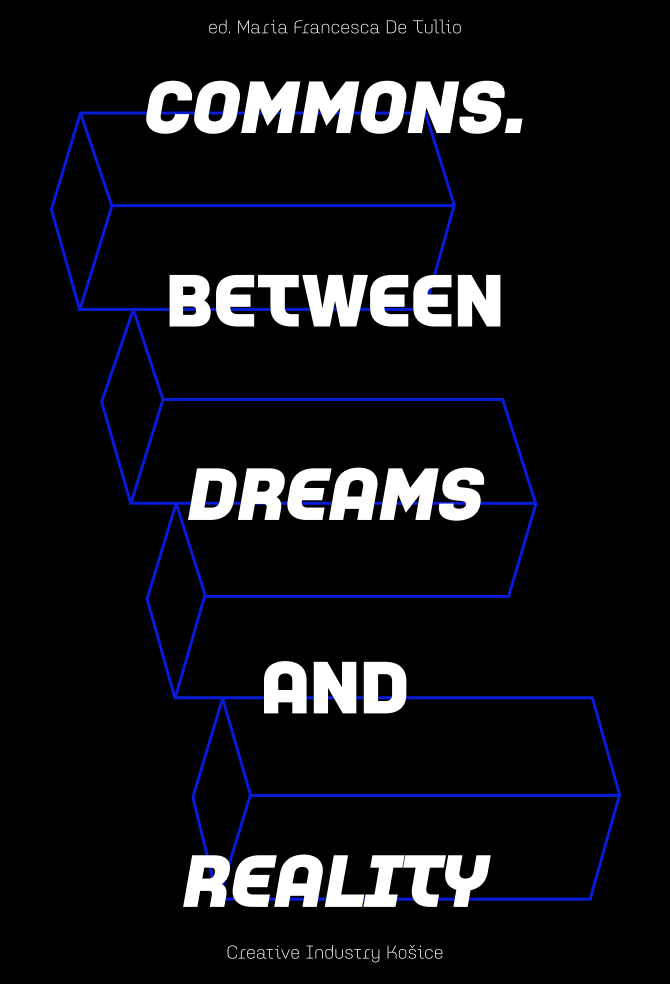Speculations on a Currency for the Arts. Evi Swinnen & Will Ruddick.

2020 - A conversation between Evi Swinnen and Will Ruddick.
Artists and cultural workers find themselves, now more than ever, in a vulnerable and precarious position. A lot of artists work in a project-based and flexible way, often travelling from city to city and having little income security. These are all stress factors that make them susceptible to burnout or social isolation. Evi Swinnen, initiator of Timelab2 , wonders whether the introduction of a community currency for the arts could provide a solution for the precarious financial position of artists and cultural workers. Because perhaps the solution is not (only) about providing more money but rather a different kind of money. She enters into a dialogue with Will Ruddick, inventor and manager of the Bangla-Pesa, to find answers. The Bangla-Pesa is a Kenyan community currency that circulates in Bangladesh, an informal settlement or ‘slum’ in the town of Mombasa on the Kenyan coast.3 The Bangla-Pesa was created in 2013 and is used by more than 1,200 companies and schools in Bangladesh to this day. In fact, it is said to be the currency with the greatest impact of its kind. For example, it ensures that more children can go to school and for a longer period of time because their parents are now able to pay their school fees. It also makes farmers less vulnerable to the effects of poor harvests.4
1 The interview was originally published in Dutch in Rekto:Verso.
2 Timelab, an arts organisation based in Ghent, Belgium, was born out of the need for an artistic/activist stand in the 2008 crisis. Timelab opened the first Fablab in Belgium in 2010 and combines a maker environment with an artists in residence program. This has resulted in a network of affiliated artists that are reflecting on the world and the position of the arts. The Timelab community uses practical research and moral imagination as a method to dream of possible futures.
3 With ‘Bangladesh’ we do not refer to the country in this article, but to the informal settlement or ‘slum’ in Mombasa on the Kenyan coast. The settlement consists of several small villages.
4 It is interesting to mention here that the Bangla-Pesa is loosely based on the experience of a previous exchangeable complementary currency scheme in 2010, called the Eco-Pesa. It was introduced in the Kisumu Ndogo, Shaui Yako and Mnazi Mmoja slums in Kongowea. The lessons Ruddick and others learnt provided vital guidance in the design of the Bangla-Pesa. For more information on the development of both the Eco-Pesa and the Bangla-Pesa, see Ruddick, W., Richards, M. & Bendell, J. 2015. “Complementary Currencies for Sustainable Development in Kenya: the case of the Bangla-Pesa.” International Journal of Community Currency Research 19(D): 18–30.